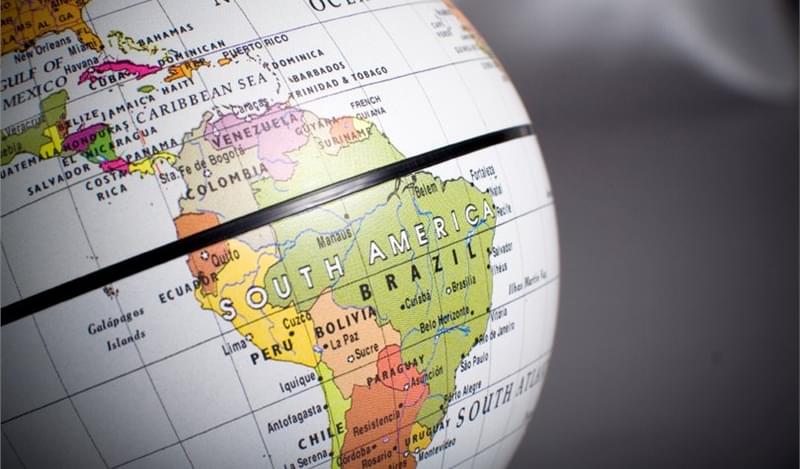However, the first weeks of 2017 has seen the credit pipeline swell considerably as the market continues to stabilise, led largely by energy companies and exporters.
Leading the way is Brazilian oil giant Petrobras who announced a new US$4bn bond split into five and 10-year notes to help fund a US$2bn buy-back of existing notes.
Utility firm Raizen started fixed-income investor meetings this week to market a possible US dollar bond. The country’s leading pulp and paper company Fibria this week launched a US$700mn 2027 dollar-denominated green bond after holding for a couple of months, largely due to pricing and covenant considerations.
Argentina’s new finance minister Luis Caputo announced the country is set to place a US$5bn bond before the end of the month, while analysts believe that country might need to raise US$27bn in total in 2017. According to Bloomberg, the energy sector in the southern state might need to raise over US$2bn this year.
Argentina’s Pampa Energia has hired Deutsche Bank AG and Citigroup Inc. to market up to US$1bn in fresh bonds. Genneia, another Argentinean energy company, is selling a benchmark-sized US dollar bond with a mid-range tenor through Bank of America Merrill Lynch, Itau, and JP Morgan, primarily to refinance debt and fund capex. This would be the first time the company taps international markets. YPF, another energy company, recently secured permission from its board to sell up to US$1bn dollars in bonds.
Colombian glass company Tecnoglass wrapped up investor meetings ahead of an up to US$225mn debut dollar bond with a tenor of between five and seven years. Metro de Santiago is marketing a possible 30-year bond through Bank of America Merrill Lynch and JP Morgan. Ecuador is set to do its second transactions in just two months. The oil exporting country is looking to open 2026 bonds to secure an extra US$1bn in securities.
Aeropuertos Domincanas (Aerodom), an airport operator in the Dominican Republic, is preparing a US dollar bond sale to fund new investment as well as a buyback of Aerodom's 9.25% senior secured notes due 2019.
“The Pemex deal in December showed there is still a lot of appetite for Latin American business in the market” explained Arthur Rubin, Head of Latin America DCM for SMBC Nikko Securities America.
As most of the companies issuing new debt have revenues denominated largely in US dollars, they are less vulnerable to local currency depreciation as they head into an environment that sees a stronger greenback and higher US interest rates.
However, Rubin suggested sovereigns and corporates with revenues denominated in local currencies will seek a quick market breakthrough as many fear the cost of borrowing might keep rising 2017.
One of the most surprising cases Rubin mentioned is Cemig, the Brazilian stated own utility, which is currently lining up a US$500mn trade. The company, which doesn’t derive its revenues in dollars, has not tapped the international markets since 1996.
Many of the deals taking place over the past two weeks were postponed following the election of Donald Trump, which gave Latin American (among other) credit markets pause. While supply is ample to say the least, analysts are less certain about the outlook for local currency trades given the environment US or dollar-linked economies are entering.









